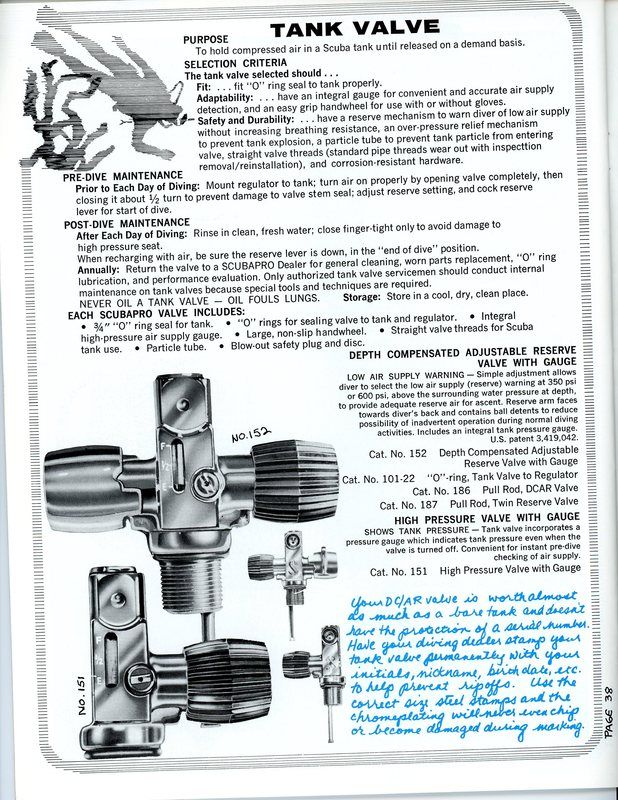I think we are missing the point here. Yes, there was an "out-of-gas" (OOG) or "out-of-air" (OOA) situation here. But according to the officials,
...Even though the response time was less than 10 minutes, it was still too long to save the diver in distress.
"We had a diver in distress in the water. There were actually two people in distress at that point. One was actually trying to help on the other end of the boat. The firefighters that got on scene were able to enlist a bystander to take them to the scene. We were able to get that one diver who was in critical condition on board," said Daniel Byrne, Burton Fire District.
It's unclear how the diver became to be in distress, however, the search and water rescue crews did notice some factors that may have played a role in the dangerous trip.
"They may have been experienced divers, but we're actually having extra high tides at the moment, so that means outgoing and incoming tides. The current is really moving through there. They were not running tag lines between the two, so if one would have gotten into trouble, they wouldn't have been able to notify anybody else," Jennings said...
Diving group may have had safety limitations during expedition
So there was current in addition to the limited visibility. But I have another question, "Where was his buddy?"
Let me give some perspective. Here's a dive log entry of mine from September 15, 1975 when I was working for the Oregon Department of Fish and Wildlife on subtidal clam bed surveys. We wanted to get some photos of the dredging activities, and I was acting as the photographer (I owned a Nikonos II, and no one else did).
Max depth reached: 37 feet; Average depth: 36 feet; Divers: Tom G. and Limons O.
Location of dive: YB (Yaquina Bay) Area 2 (we had broken down the areas).
Purpose of dive: Subtidal dredging
Work performed: 11 Stations
Water Conditions: Visibility in feet: 10; Current in knots: 0-2; Swell height in feet: ---- ; Comments on diver physiology: --- .
Remarks: Photography Dives -- Ran out of air on last dive. Buddy breathed ~ 5 min -- long enough to get the photos.
Submitted by: John C. Ratliff
My point in bringing this up is that running out of air in and of itself is not an excuse for drowning. Decompression accidents are an entirely different matter, as are overhead environments. However, OOG is simply OOG. If the diver is comfortable in the water, has a buddy around, there is no reason for a death from simply running OOG. We were taught way back that even a completely empty tank had at least one breath left in it as you ascend, so don't take the regulator out of your mouth.
Since that time, I have played around with vintage diving equipment for many, many years now, and own a pretty good collection of regulators and different tanks. There are various gear configurations made to keep people from running OOG. These include J-valves, regulators with restrictor orifices (the
Healthways Scubair first stage is a great example of this type of restrictor--the breathing gets hard, and forces you toward the surface to get more air), Sonic regulators (which give off a sound warning when the diver is low on air (Scubapro Mk VII, and Healthways Scubair 300 are examples), SPGs (there is a reason for the painted blue or red area from 600 psig down), and combinations (the UDS-1 is a great example of a combined system, although it never caught on, I could breathe it down to zero on the gauge without feeling any restriction in breathing at all, then trip the 900 psig reserve J-valve). J-valves evolved over the years, and the Scubapro Depth-Compensating Constant Reserve valve was one of the best.

This reserve could have the lever mounted either away or toward the diver (preventing unintentional activation by rocks and stuff underwater), and could be adjusted for either a 350 psig reserve (above ambient pressure) or 600 psig reserve. I used it on a dive a few days ago in high current, and activated it when breathing became hard, which was an around 400 psig (the reserve was set for 600 psig, but this was gauge reading using my Suunto Cobra dive computer). Upon activation, the pressure showing went up to just over 600 psig. I continued underwater for a few minutes more as I neared my exit point in the river (Clackamas River) and still exited with about 175 psig. Interestingly, the printout from my computer did not capture this change.
One other question, which bears asking; are today's regulators too good? By that I mean that the use of totally balanced regulators with both the first stage and second stage balanced gives no warning of OOG situation as an immediate hazard. With the refinement of these regulators, a diver can breath the tank down to zero pressure without a noticeable restriction in breathing. This is great in situations where there is a high physiological demand on the diver, to deliver tremendous amounts of air at very low inhalation effort. But along with that is the intentional loss of any ability to sense impending OOG situations. Is this being currently taught, or discussed at all? I have used the Healthways Scubair on its restrictor orifice setting, and when I felt the restriction at about 22 feet headed toward the surface so that the restriction disappeared as I ascended, and ended up with 600 psig still in the tank.
So, again, my question, "Where was this diver's buddy?"
SeaRat




